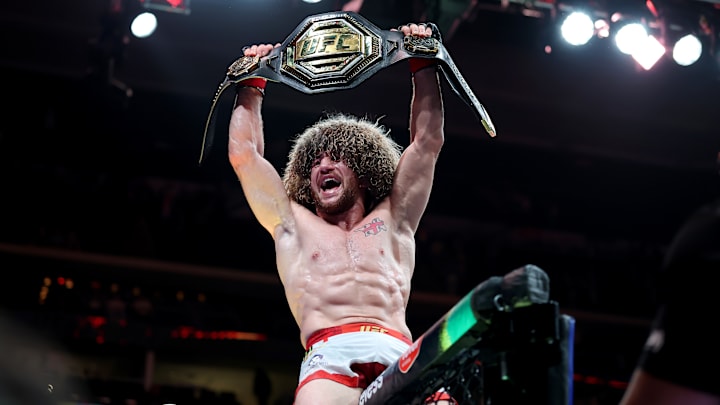UFC: Where Combat Meets Spectacle

The UFC—short for Ultimate Fighting Championship—isn't just a sports league. It's a high-octane theater of grit, discipline, and controlled violence where athletes from around the world test their strength, skill, and strategy inside a steel cage. Whether you're a casual viewer or a die-hard fan, the UFC offers a visceral kind of excitement that’s hard to look away from. But beneath the knockouts and roar of the crowd lies a complex ecosystem built on centuries-old martial arts, modern marketing genius, and an ever-evolving rulebook.
The Octagon: Modern Gladiator Arena
Every UFC fight takes place inside the "Octagon"—an eight-sided cage that's become one of the most iconic images in modern sports. It's more than just branding. The cage minimizes interruptions, prevents fighters from falling out of bounds, and allows a wider variety of fighting styles to flourish. Unlike a traditional boxing ring, the Octagon accommodates sprawling grapples, wild kicks, and tactical footwork in equal measure.
In this space, fighters are allowed to strike, grapple, and submit their opponents using a combination of techniques drawn from disciplines like boxing, Brazilian jiu-jitsu, Muay Thai, wrestling, and judo. This blend is known as mixed martial arts (MMA), and it’s what makes the UFC both unpredictable and incredibly technical.
More Than Just Punches and Kicks
One of the biggest misconceptions about UFC fighting is that it’s all about brute force. In reality, the best fighters are part chess player, part athlete. Strategy is everything. A striker may use leg kicks to wear down a wrestler’s mobility, while a grappler might bait their opponent into a takedown for a surprise submission.
Take Khabib Nurmagomedov, whose suffocating grappling style turned him into a lightweight legend. Or Israel Adesanya, a striker who moves with the precision of a dancer and the timing of a sniper. Every champion brings a different style and psychological edge, turning each match into a battle of both bodies and minds.
Weight Classes and Why They Matter
To keep things fair, UFC fighters compete in weight classes ranging from flyweight (up to 125 lbs) to heavyweight (over 205 lbs). This system ensures that technique and conditioning, not just size and strength, determine the outcome of fights. Fighters often undergo grueling weight cuts in the days before a match to make weight—a controversial and risky practice that’s a drama all its own.
Each weight class has its own roster of contenders, champions, and stylistic matchups. Some divisions are known for explosive power, others for relentless pace. Part of the fun for fans is tracking who’s rising, who’s falling, and who’s calling out who.
The Business Behind the Blood
The UFC isn’t just a fight promotion—it’s a media powerhouse. Dana White, the longtime president and public face of the company, helped turn it from a fringe spectacle in the ’90s to a multi-billion-dollar empire. Events are broadcast globally, pay-per-views rake in massive numbers, and fighters like Conor McGregor and Jon Jones have become household names.
But that spotlight brings scrutiny, too. Fighter pay, health risks, and controversial decisions have sparked ongoing debates. The UFC walks a tightrope between maintaining its brutal appeal and addressing the ethical concerns of modern sports.
Why It Hooks You
The UFC offers something rare in sports: raw, unscripted intensity. Every punch could end the match. Every takedown could shift momentum. The build-up—press conferences, weigh-ins, trash talk—adds layers of drama, but once the cage door shuts, all that matters is what happens between two fighters with nowhere to run.
Whether you're watching for the technique, the personalities, or just the thrill of not knowing what's going to happen next, the UFC delivers spectacle with a shot of adrenaline. It's not just about who wins or loses. It's about the fight itself—pure, primal, and electrifying.